Jalsaghar
9.4 /10 1 Votes
4/4 Roger Ebert Release date 1958 (India) Country India | 8.2/10 IMDb 100% Rotten Tomatoes Genre Drama, Music Duration | |||||||||||||||||||||||||||||||||
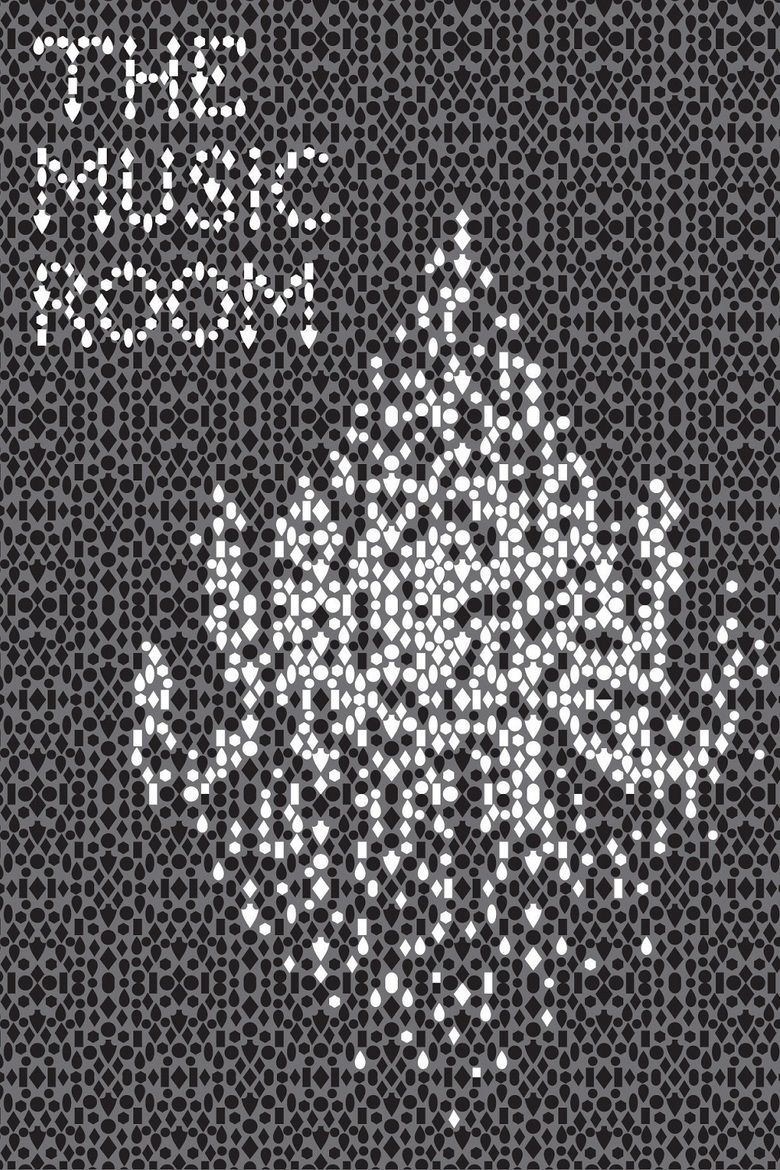 | ||||||||||||||||||||||||||||||||||
Release date 10 October 1958 (1958-10-10) (India)April 1962 (1962-04) (UK)15 October 1963 (1963-10-15) (US) Based on Short story Jalsaghar by Tarashankar Bandopadhyay Writer Tarashankar Banerjee (based on the story by), Satyajit Ray (script), Santi P. Choudhury (assistant screenplay writer) Screenplay Satyajit Ray, Santi P. Choudhury Cast (Huzur Biswambhar Roy), Padmadevi (Mahamaya), Kali Sarkar (Diener Ananta), Gangapada Basu (Mahim Ganguli), Tulsi Lahiri (Grundstücksverwalter), Pinaki Sengupta (Khoka, Roys Sohn)Similar movies Dances with Wolves , The Celebration , 1408 , Little Lips , The Hours , Harold and Maude | ||||||||||||||||||||||||||||||||||
Jalsaghar (Bengali: জলসাঘর Jalsāghar, "The Music Room") is a 1958 Indian Bengali drama film written and directed by Satyajit Ray based on a popular short story by Bengali writer Tarasankar Bandyopadhyay and starring Chhabi Biswas. It was the fourth feature film directed by Satyajit Ray. The shooting was done at Nimtita Raajbari, in Nimtita village, 10 kilometres from Murshidabad.
Contents
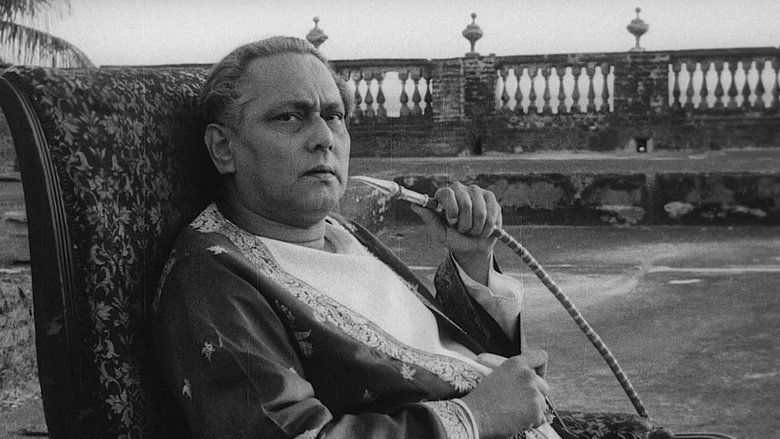
Plot
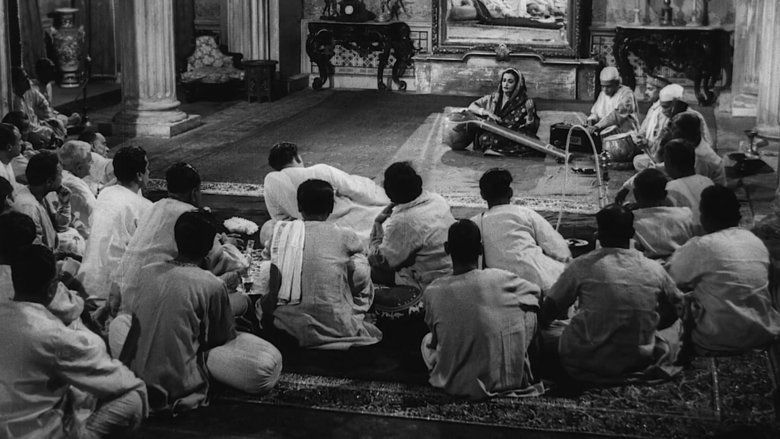
Jalsaghar depicts the end days of a decadent zamindar (landlord) in Bengal, and his efforts to uphold his family prestige even when faced with economic adversity. The landlord, Biswambhar Roy (Chhabi Biswas), is a just but other-worldly man who loves to spend time listening to music and putting up spectacles rather than managing his properties ravaged by floods and the abolition of the zamindari system by the Indian government. He is challenged by a commoner who has attained riches through business dealings, in putting up spectacles and organising music fests. This is the tale of a zamindar who has nothing left but respect and sacrifices his family and wealth trying to retain it.
Cast
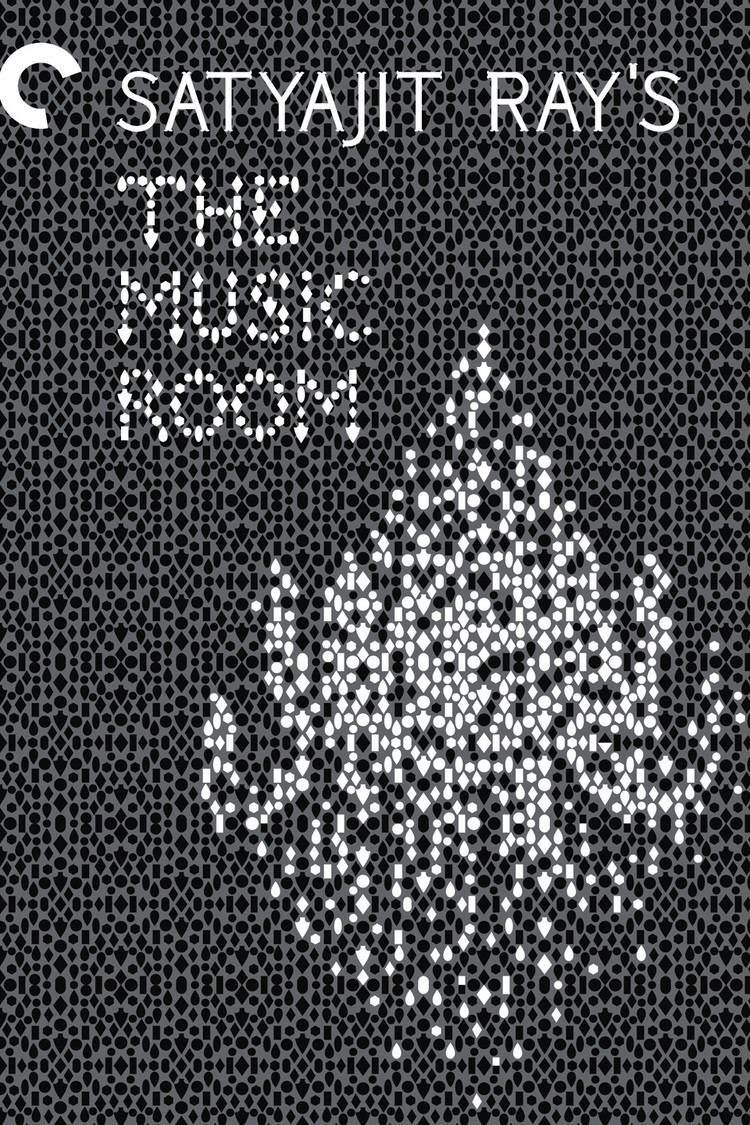
Other credits
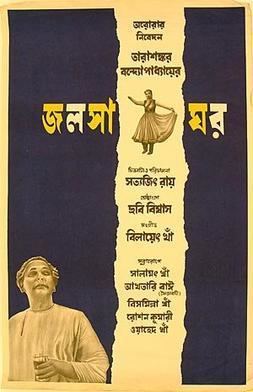
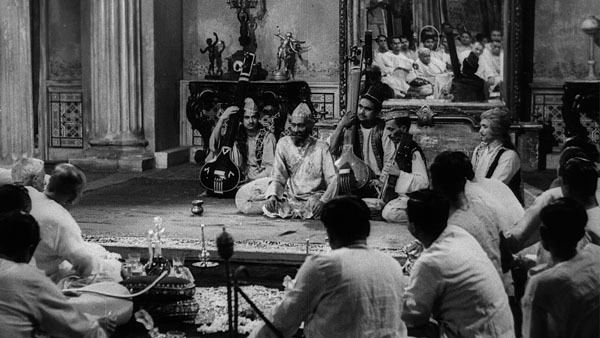
Production
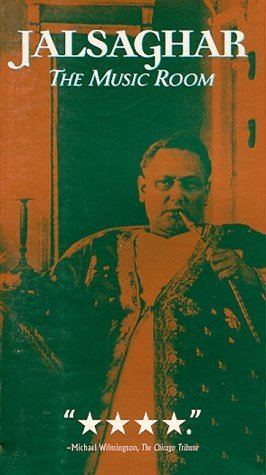
Jalsaghar was based on a popular short story written by Bengali writer Tarasankar Bandyopadhyay. After the box office failure of Aparajito, Ray desperately needed a hit film and decided to make a film based on both a popular piece of literature and a film that would incorporate Indian music. It was the first film to extensively incorporate classical Indian music and dancing. Ray began shooting in May 1957.
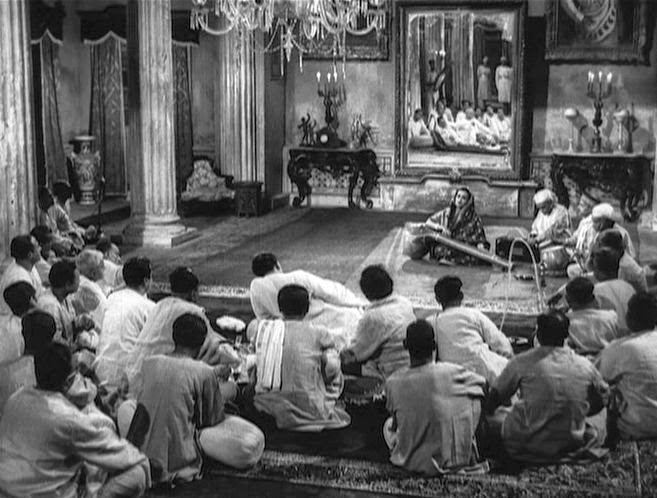
While in pre-production, Ray and his crew had difficulty finding a suitable location for Biswambhar Roy's palace. By chance they met a man who recommended the palace of Roy Chowdhurys in Nimtita, known as the Nimtita Rajbari and Ray decided to scout the location. To his surprise the palace was not only perfect for the film but just so happened to have once belonged to Upendra Narayan, whom Bandopadhyay had based his main character on when first writing the short story. Ray worked closely with composer Ustad Vilayat Khan on the film, although he was initially uncertain about the composer's musical choices and had to convince Khan to make more sombre music pieces for the film.
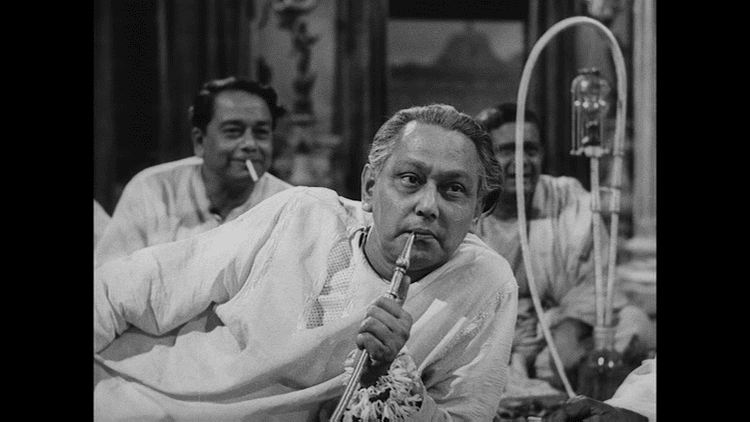
The indoor shooting for the movie (including the famous Jalsaghar scene) was conducted inside the Aurora Film Corporation studio In Maniktala, Kolkata. The studio has now been demolished.
Reception
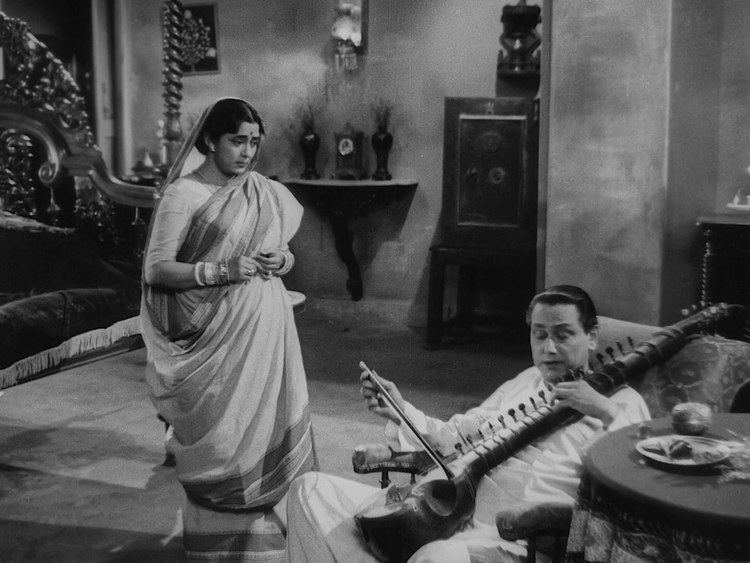
Although the film received mostly poor reviews in India, it received the Presidential Award in New Delhi for best film. When the film was gradually released in Europe and the US in the early 1960s it became a critical and financial hit and helped establish Ray's international reputation, although Ray said that in 1958 he did not think that the film would be successful in foreign markets. New Statesman film critic John Coleman compared Ray to Jean Renoir and Marie Seton said that the film "challenged the whole convention of songs and dances in India cinema. Audiences...conditioned to the introduction of songs and dances as entertainment interludes and [as] dramatic and romantic stresses, had never before been confronted with...classical singing and dancing as integral focal points of realistic sequences." John Russell Taylor said that the film was "one of Ray's most masterly films, exquisitely photographed and directed with a complete, unquestioning mastery of mood...For those willing to place themselves under its hypnotic spell it offers pleasures of unique delicacy." Roger Ebert hailed it as "[Ray's] most evocative film, and he fills it with observant details." In 1963 Bosley Crowther praised the "delicacy of direction...[and] eloquence of Indian music and the aurora of mise en scène." However, that same year Stanley Kauffman criticised the film, calling it "a deeply felt, extremely tedious film...the Indian music is simply uncongenial and tiresome to our ears." In 1965 Derek Malcolm called it Ray's "most perfect film." When the film was released in Paris in 1981 it was a surprise hit and led many French critics to adopt a new appreciation for Ray that had not been common in France up to that time. San Francisco Chronicle critic Edward Guthmann described it as "A wonderful tale of pride and the fools it makes of men."
Awards and recognitions
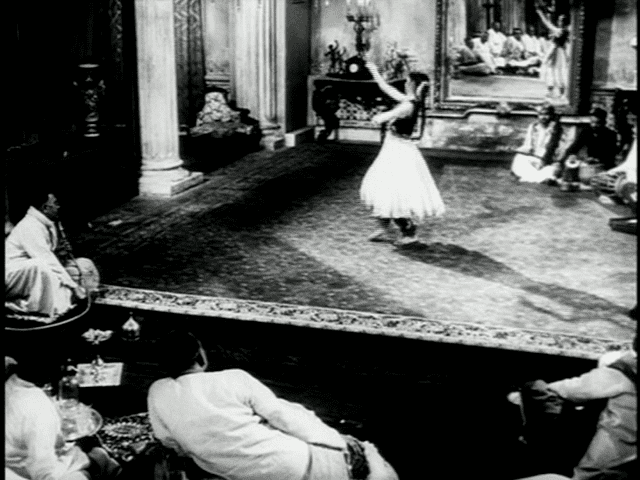
Preservation
The Academy Film Archive preserved Jalsaghar in 1996.
Home video
In 1993, Merchant Ivory Productions restored the film and Sony Pictures Classics released it theatrically in New York with five other Ray films. It was released on VHS in 1995.
In July 2011, an HD digitally restored version of the film was released on DVD and Blu-ray by The Criterion Collection.
References
Jalsaghar WikipediaJalsaghar IMDbJalsaghar Roger EbertJalsaghar Rotten TomatoesJalsaghar themoviedb.org
